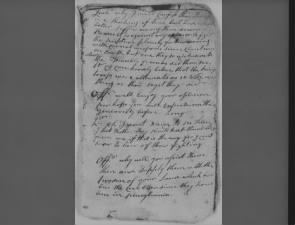From the vantage point of history, there is consensus: the Great War changed everything. World War I resulted in more than 37 million casualties. Empires were lost. An era of new roles for women and civic rights swept the globe. National boundaries were reshaped. Economies were devastated. The world was never the same.
And now, we commemorate 100 years since the Great War started. None of us are untouched by the changes that touch everyone.
The United States entered World War I in April of 1917 and more than 4 million Americans served their country around the world. Their courage, honor, sacrifice and valiant efforts led to the end of the world’s first global conflict just 20 months later on the eleventh hour of the eleventh day of the eleventh month (Nov. 11, 1918).
Yet, their bravery remains largely unrecognized.
We are pleased today to announce a new collaboration with the National World War I Museum. This will help the nation always remember and never forget.
We’re calling on you to help us.
- The National World War I Museum is making a historical collection of unique and identified images available on Fold3. View this unique collection here.
- Discover where your family fits in this story and share your ancestor’s memories, photos, and stories to help us remember and honor those who fought for America. Click here to get started.
- Help others discover the story. Over the next four years, the National World War I Museum will educate 1,000,000 students about the Great War and its enduring impact during the Centennial. Remembrance begins with discovering. You can help the Museum reach students across the country. Your charitable gift ensures that children will never forget the heroic Americans who brought an end to World War I. We invite you to join with us and the National World War I Museum in reaching 1,000,000 students across the country. Start by clicking here.
Family stories eventually become our nation’s stories. Through this project, we can remember the forgotten stories, which show us how we became who we are today. Be a part of honoring those who served in the war that forever changed the world. Help create remembrance you’ll never forget.












